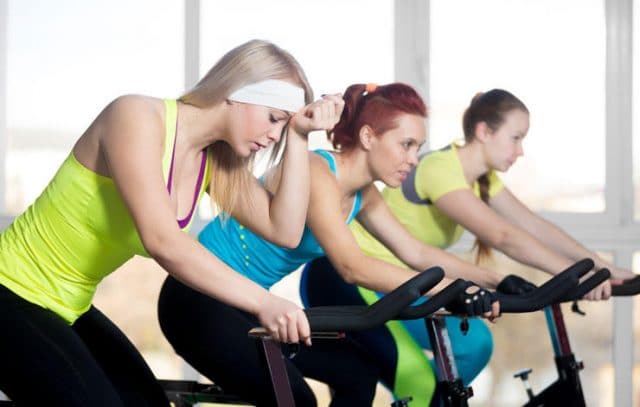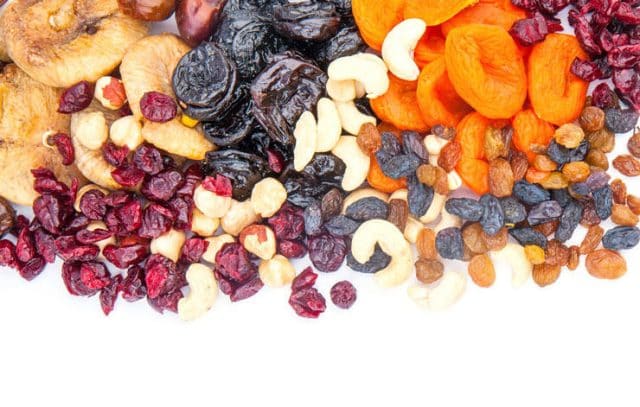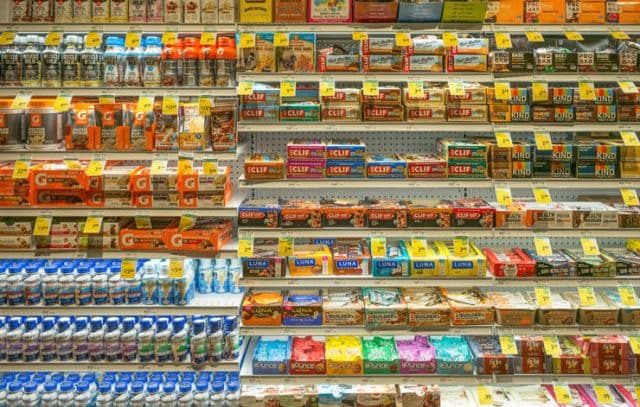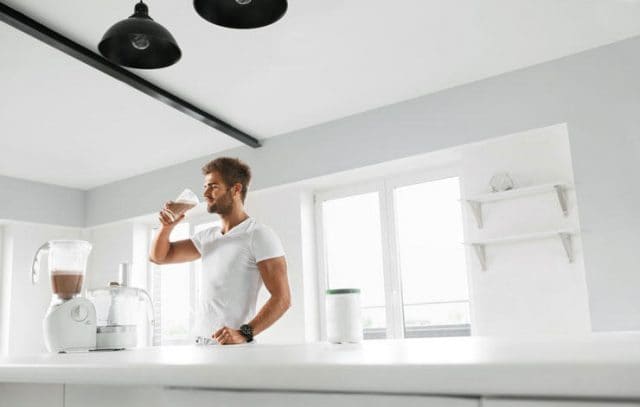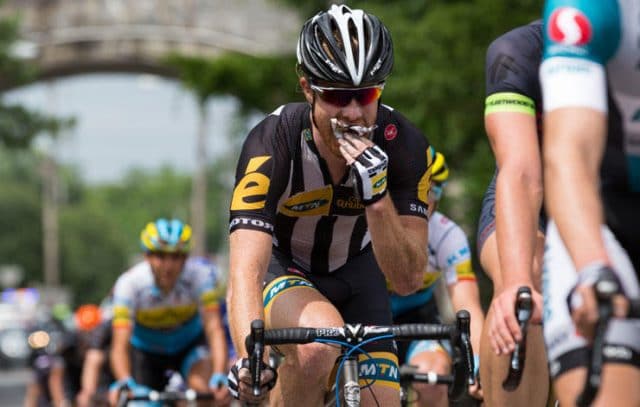How to Fuel Your Indoor Trainer Ride
Riding indoors is so much easier in so many ways—less mess, less prep, and an easier exit strategy when you want to cut your ride short. But how do you match your fueling needs with your ride when you’re inside?
Riding indoors is so much easier in so many ways—less mess, less prep, and an easier exit strategy when you want to cut your ride short. But how do you match your fueling needs with your ride when you’re inside? – By Molly Hurford
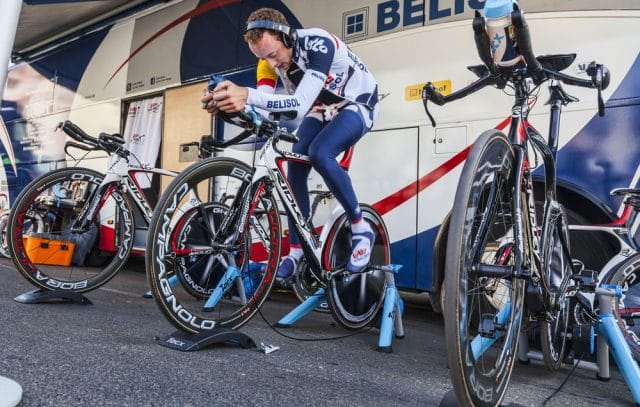
Namrita Kumar, PhD—a sports physiology and nutrition professional based in Atlanta, Georgia, where she currently coaches and directs a collegiate cycling team—has some tips for making the most of indoor training. After a collarbone break a few years ago, she’s no stranger to riding the trainer, and she’s dialed in indoor nutrition.
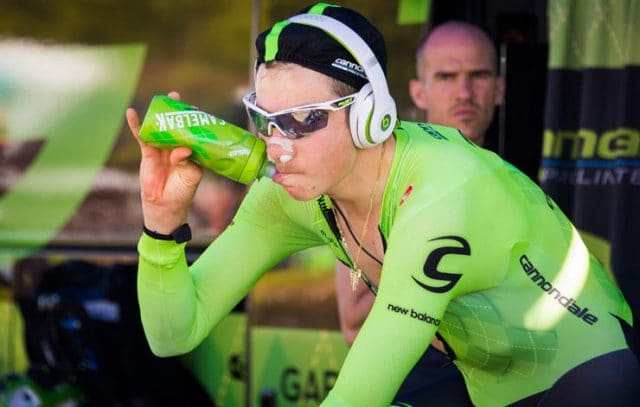
READ MORE ON: indoor nutrition training programmes


